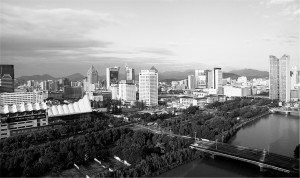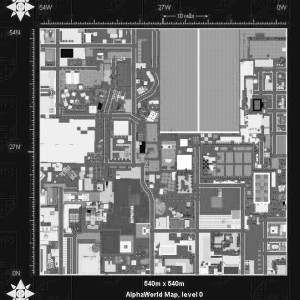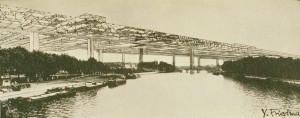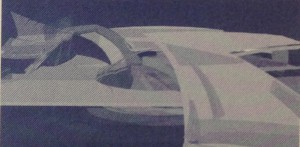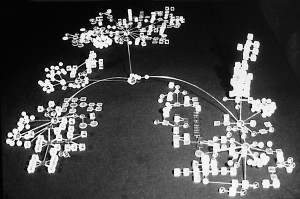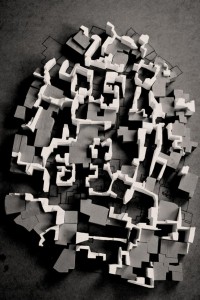The Overlapped city
|
The Overlapped city STUDENT NAME:LU CHANG WHAT? “The machine to modernism is what the computer to postmodernism.”——Christine Boyer. Actually, with the development of the computer and internet, the “cyberspace” where human could communicate in the virtual world is becoming a new challenge to the existing entitative city. Hangzhou is a typical city where the e-commerce occupy the biggest percentage of business . It is influenced a lot by the Alibaba, which is the biggest internet company in China. As we can imagine, people could finish their public activities such as the shopping, education totally in their own home in the near future. The entitative shopping mall and school are losing their activities while people are getting lost themselves in their virtual world. What’s more, with the development of the SOHO and airbnb which transfer the private house into public office and hotel, the boundary between private house and the public architecture is becoming distinct. We need a new urban methodology to reactive the “useless” public space and remove the barrier between humanity. Site: Hangzhou WHY? 1. Considering with how to deal with the entitative and virtual world, I would like to talk about Yona Friedman. He proposed the “Mobile architecture” in the 1950s, supposing to build the spatial city with a spatial, three-dimensional structure which contains inhabited volumes on the top of Paris. The advantage of this proposal is to build two parallel cities to keep them independence. 2.Manuel Castells is an scholar who studies about the society and our city which influenced by the internet . He proposed the theory of the “ Space of Follow “by defining it as the material organization of time-sharing social practices that work through flows. For him, the entire realm of social production and management will emerge with a high degree of flexibility. All the traditional organizational interaction can now exist everywhere in our city without limitation of distance. 3.Could we combine the two theories together? I propose that “the Overlapped City”, which means layering the fictitious city onto on the original existing one in order to reorganize the urban structure in terms of space, transportation and function, will be the important urban planning notion in the future. Parallel city-Yona Friedman, HOW? Design Methodology A Design Proposal For Library, BIBLIOGRAPHY 1. M. Hank Haeusler, 2009, Media Facades, Hanna Martin Overlapping the virtual and the physical cities is one way to balance urban life in the near future. With new organizational structures, new means of transmission and networked functions, our city will become increasingly more flexible. Model architecture,Julie Amrani
|
